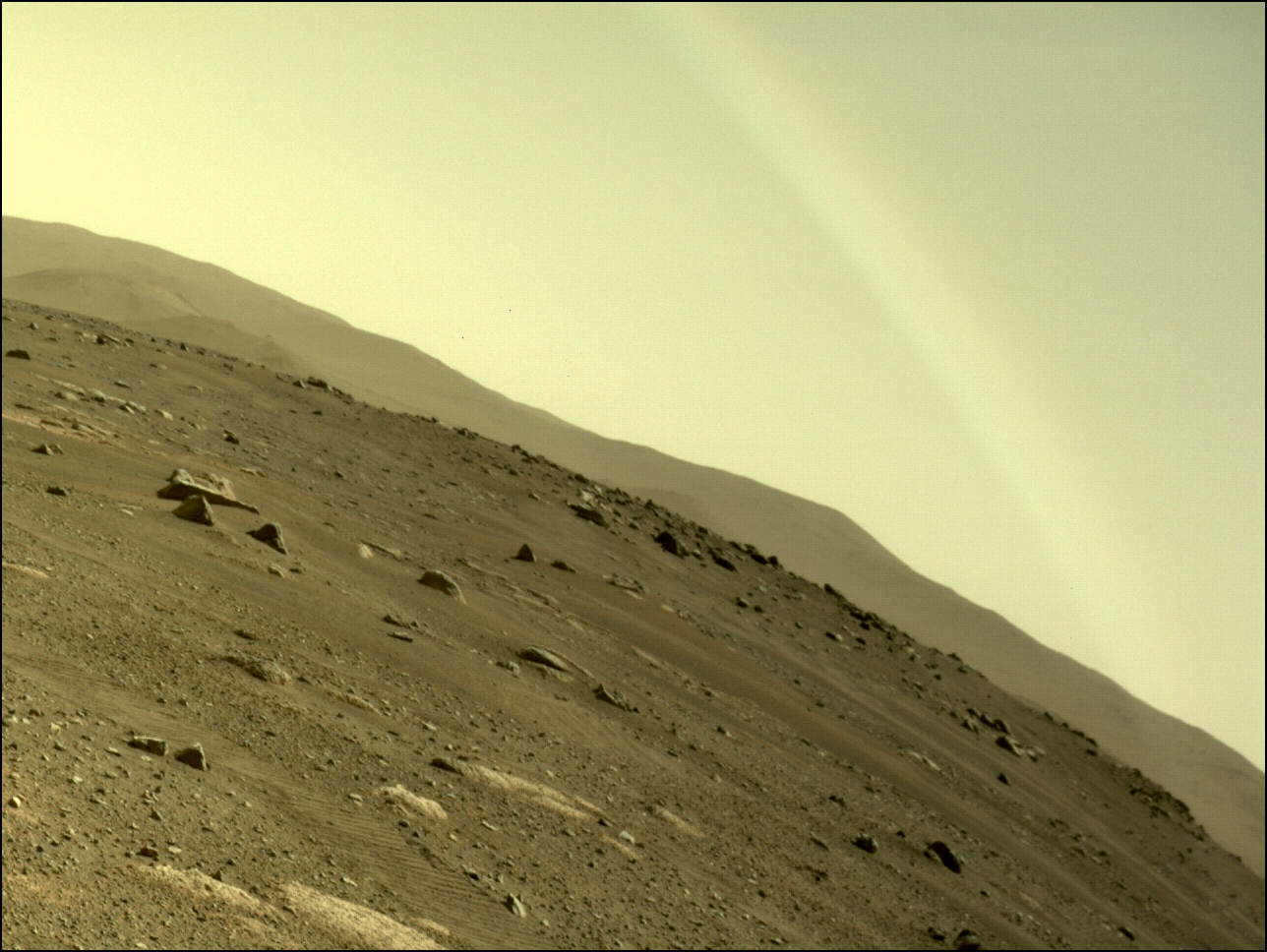Is there a rainbow on Mars? It would seem that the answer is obvious — no. But this is a very good question, which is asked for a reason. In some photos from Mars taken by the Perseverance rover, you can notice rainbow effects in the sky. It was not a rainbow at all, but the glare of camera lenses. There are similar highlights even on brightly lit laboratory images.
Then why is there no rainbow in the Martian atmosphere? NASA scientist Mark Lemmon decided to answer this question in detail. Think for a moment, why is this beautiful optical atmospheric effect present on Earth, but not on the Red Planet?

What is needed for a rainbow?
It turns out that not just water is needed to form a rainbow, but its liquid state, high atmospheric humidity and warm air. In a rainbow, sunlight enters a spherical drop, is refracted and decomposes into a spectrum. Unlike ice, liquid water droplets turn into spheres due to the surface tension of water. Snow cannot form a rainbow because its crystals have a complex and diverse shape.
There are clouds on Mars, but they are in a state far below the freezing point. Due to the low pressure and dry atmosphere, the water there can only exist in a state of ice. There is not enough water in the atmosphere of the Red Planet to condense and it is too cold, so droplets simply cannot form to create a rainbow. In order for a rainbow to form on Mars, the humidity of the atmosphere must be 1000 times higher.
Terrestrial weather conditions
Now you know why there is no rainbow on Mars. Nevertheless, there are weather phenomena on the Red Planet, just like on Earth. At the right time of the year, clouds can be seen on Mars, but they consist of carbon dioxide from dry ice. Dust vortices and strong winds are common, fanning powerful dust storms. Sometimes they raise a huge amount of dust into the air, which envelops the entire planet. These cataclysms can last for weeks. They are the cause of the breakdown of several rovers.
The last such case occurred in 2018, when the Opportunity rover collided with a planetary-scale sandstorm. After the end of the storm, the spacecraft did not get in touch, and numerous attempts to contact it were unsuccessful. NASA had to officially announce the completion of the rover mission after 15 years of active work.
Follow us on Twitter to get the most interesting space news in time
https://twitter.com/ust_magazine

